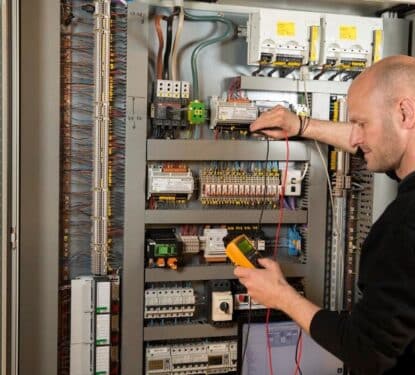This article reviews the 3 main product categories that make up the physical security business. It compares their structures and discusses the technology trends and demand drivers that will bring about further growth in this dynamic business. This analysis highlights what we believe are the 5 most important factors that will determine future strategies.
The gap between the major suppliers and the many hundreds of smaller suppliers gets wider every year and this is rapidly increasing the minimum economic size to operate profitably in this industry. We have now reached the stage where the Video Surveillance business requires a strategy that either focuses on volume through the SMB (Small and Midsize Business) market or brand through the enterprise business. We believe that no more than 5 companies by 2023 will thrive by operating in both at the same time.
In the video surveillance business 2 Chinese manufacturers (Hikvison and Dahua) have built up volume, initially through targeting the SMB business and the gap between them today and the next tier of western companies is so wide that it looks highly improbable that it can be reversed and certainly not by western companies competing solely on price. These 2 Chinese companies have adopted the strategy of disrupting the industry by undercutting the profit margin of their competitors, whilst at the same time expanding markets and rapidly growing market share. This is crucial to our industry at a time when volume is becoming a critical factor and commoditization of video cameras takes hold.
Some leading western manufacturers, whilst having to trim their margins, have improved their financial performance this year by continuing to invest in delivering better performing products more resistant to cyber attacks which has grown their share. Building Brand has shown that it has a very important role to play but in the present circumstances it is not sufficient to change the dominance of the 2 Chinese manufacturers.
Merger and acquisition between the leading western manufacturers is seen as a possible solution to match their size, but at best we believe it could only slow down further widening of the gap. Strong Brands with end to end solutions possibly focused on a number of vertical markets and having strong alliances with companies in other Building Automation Services is the only other option for hardware suppliers to ensure a profitable future.
The region that has the highest growth and the largest share of the physical security market is China and Asia. This region has the lowest penetration of physical security equipment when measured by sales/capita and yet takes over 28% of the world’s market today but more like 40% of the video surveillance business. Therefore it should provide the best opportunity for future growth for western manufacturers. To be in the top 10 suppliers of the world in 2023 you will likely need to have a reasonable share of this market.
It is ironic that Physical Security protection, which provides for the safety and security of people and assets in buildings and public places is often perceived as having the highest level of risk of cyber attack. This must be the biggest single threat to the industry particularly video surveillance. Those suppliers that can prove a high level of cyber security meet the most important buying criteria today in the enterprise business. Those that are selling vulnerable products will at best find their market share decline and probably face heavy financial damages that could ruin their business.

Software services in all its guises has achieved the highest rate of growth of all components in the physical security business. Achieving a growth of almost double that of hardware sales for the last 5 years, but still accounts for no more than 12% of the business. It will rapidly increase its share and continue to benefit from higher rates of growth for many years.
Much of this will come from manipulating the vast quantities of information that will be generated from physical security sensors particularly video cameras. We recently published a report on AI Video Analytics which showed that the technical market potential for applying AI video analytics in existing installations is enormous. We estimate that by 2022, AI Video analytics could account for approximately 13% of all business, provided that routes to market are fully developed and demand is not restricted by poor performance of AI software.
Integration and IT Convergence has for almost 10 years impacted all 3 branches of the industry and in particular Video Surveillance, but its only in the last 3 years through IP networks and ONVIF that integration across all sectors has delivered more elegant and cost effective solutions. Integration is still advancing and the Building Internet of Things, (joining all BAS services in the building) should create a more open and intelligent solution. This will require strategic alliances to be formed between companies across all the BAS Serivces and will have a major impact on the routes to market.
Follow to get the Latest News & Analysis about Smart Buildings in your Inbox!



